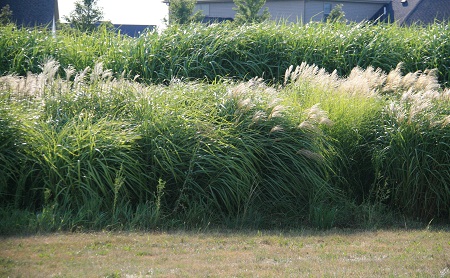Many energy researchers and environmental advocates are excited about the potential for biofuel producers to make the switch from corn to feedstocks based on large grasses like miscanthus or switchgrass.
These crops have many benefits over corn, including increased yields, better economics and the fact that they are not also grown for food.

However, researchers from the University of Illinois have found one drawback to growing these crops as feedstock for the next generation of biofuels: water.
Praveen Kumar, the Lovell Professor of civil and environmental engineering at the University of Illinois, recently published a study in the Proceedings of the National Academy of Sciences Early Edition, detailing the effects that large-scale land conversion will have on the hydrologic cycle, both now and as conditions change in the future.
Kumar and his colleagues found that, because miscanthus and switchgrass have more surface area and a much denser growth pattern than corn, these crops require significantly more water to grow. The result of large-scale adoption would be a reduction in soil moisture and runoff, and an increase in atmospheric humidity.

Kumar – pictured above, at right, with fellow researcher Phong Le at a miscanthus research plot in Champaign, Ill. – and his group used a sophisticated model to study the crops’ adaptation to changing climate conditions.
They found that the combination of rising temperatures and increased carbon dioxide in the atmosphere causes plants to transpire more, and lose significantly more water, compounding the increase in water usage caused by a change in land use.
“There are many countries around the world that are looking into biofuel energy, but if they are adopting these (large grasses) into their regular policy, then they need to take into account the considerations for the associated demand for water,” Kumar said.
He added that rainfall in the midwest should remain sufficient to meet water demand, but areas that rely on irrigation could find they do not have enough water to meet higher demands.






